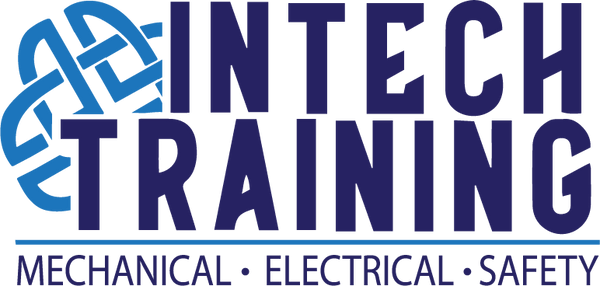In industrial environments, rigging is a critical operation involving the lifting, moving, and securing of heavy loads. Proper rigging ensures that materials and equipment are handled safely and efficiently, preventing accidents and damage. However, rigging is not as straightforward as it might seem; it requires specialized knowledge and skills to perform safely. This is where industrial rigging training becomes essential. In this blog, we’ll explore why industrial rigging training is crucial for workplace safety, efficiency, and overall operational success.
What is Industrial Rigging?
Industrial rigging involves the use of equipment and techniques to lift, move, and secure heavy items. This can include anything from machinery and construction materials to large assemblies. Rigging requires a thorough understanding of various tools, equipment, and safety procedures to ensure that lifting operations are conducted safely and effectively.
Why Industrial Rigging Training is Crucial
**1. Ensures Safety:
- Preventing Accidents: Proper training helps riggers understand how to use rigging equipment correctly, reducing the risk of accidents such as dropped loads or equipment failure. Rigging accidents can lead to serious injuries or fatalities, making safety training a top priority.
- Understanding Load Limits: Training educates riggers about load limits and how to calculate safe working loads. Overloading equipment or using it improperly can cause catastrophic failures.
**2. Promotes Compliance with Regulations:
- Adhering to Standards: Rigging operations must comply with industry standards and regulations, such as those set by OSHA (Occupational Safety and Health Administration) or ANSI (American National Standards Institute). Training ensures that riggers are aware of these regulations and can implement them effectively.
- Documentation and Certification: Training often includes certification, which serves as proof that employees have been trained according to industry standards. This can be crucial for meeting regulatory requirements and passing inspections.
**3. Improves Efficiency and Productivity:
- Optimized Procedures: Trained riggers are more proficient in planning and executing rigging operations. This leads to quicker setup times, more efficient operations, and reduced downtime.
- Proper Equipment Use: Understanding the correct use of rigging equipment, such as hoists, slings, and shackles, ensures that tasks are completed smoothly and minimizes the likelihood of equipment damage or malfunction.
**4. Reduces Equipment Damage:
- Proper Handling: Incorrect rigging techniques can lead to damage to both the load and the rigging equipment. Training helps riggers handle equipment and materials correctly, reducing the risk of costly repairs or replacements.
- Maintaining Integrity: Proper rigging procedures ensure that equipment and loads are secured properly, which helps in maintaining their integrity and longevity.
**5. Enhances Risk Management:
- Identifying Hazards: Training teaches riggers how to identify potential hazards and take appropriate measures to mitigate them. This proactive approach helps in managing risks and avoiding accidents.
- Emergency Procedures: Rigging training includes education on how to handle emergencies, such as equipment failures or unexpected load shifts, ensuring that riggers can respond effectively and safely.
Components of Effective Rigging Training
**1. Theoretical Knowledge:
- Rigging Principles: Understanding the principles of rigging, including force distribution, load balancing, and equipment limitations.
- Regulations and Standards: Knowledge of relevant safety regulations and industry standards.
**2. Practical Skills:
- Equipment Handling: Hands-on training with rigging tools and equipment, such as hoists, chains, and slings.
- Rigging Techniques: Learning proper rigging techniques for different types of loads and lifting scenarios.
**3. Safety Practices:
- Inspection Procedures: Training on how to inspect rigging equipment for wear and tear.
- Personal Protective Equipment (PPE): Proper use of PPE to ensure personal safety during rigging operations.
**4. Certification:
- Qualification: Certification programs that validate a rigger’s competency and adherence to safety standards. Certification often involves both written exams and practical assessments.
Conclusion
Industrial rigging training is a fundamental component of a safe and efficient workplace. It ensures that employees are equipped with the knowledge and skills necessary to handle rigging operations correctly, reducing the risk of accidents, improving productivity, and safeguarding both equipment and personnel. By investing in comprehensive rigging training, organizations can enhance operational efficiency, comply with regulations, and create a safer work environment for everyone involved. In the world of heavy lifting and moving, proper rigging training isn’t just a requirement—it’s a crucial element of success and safety.
